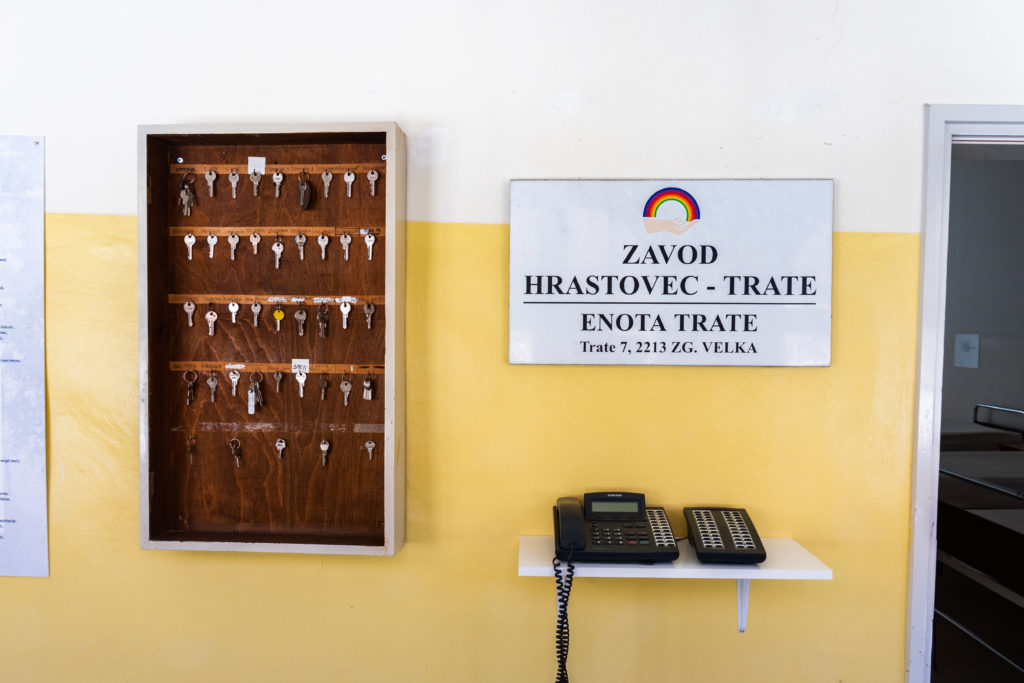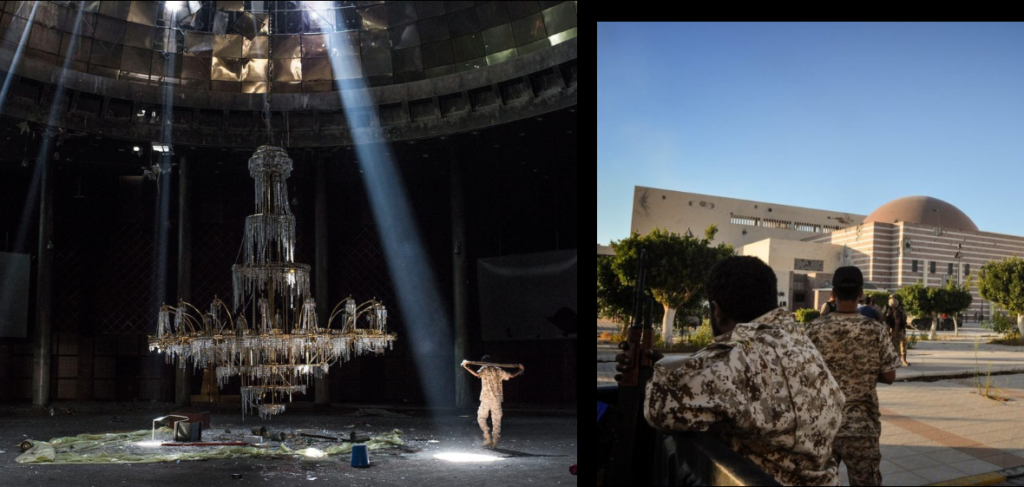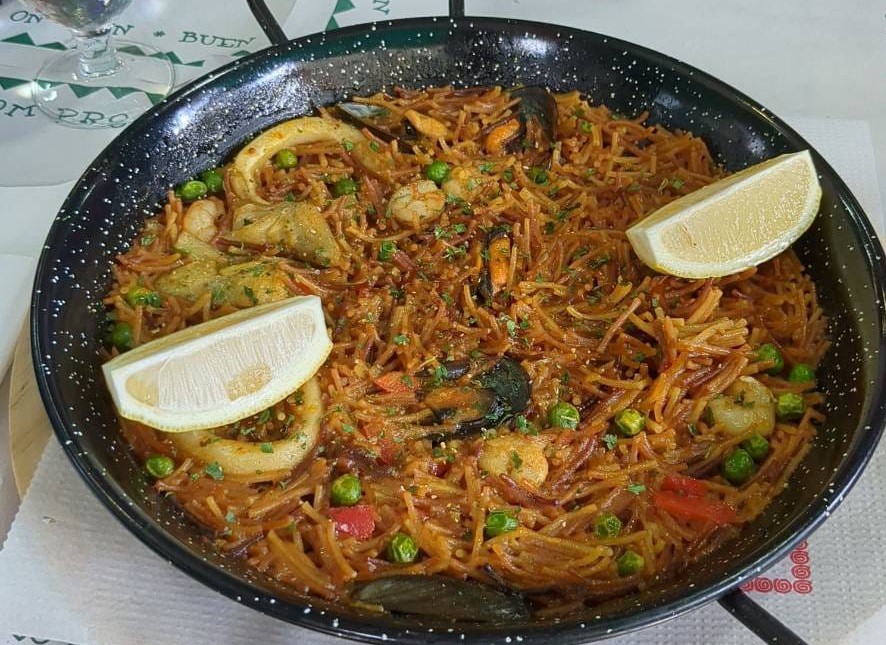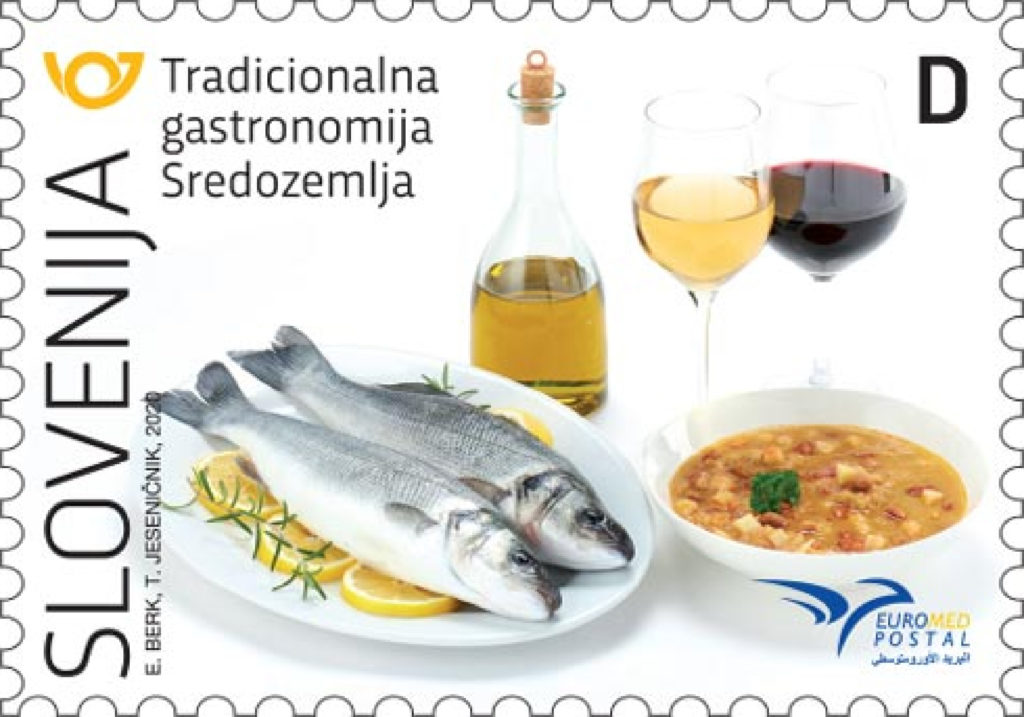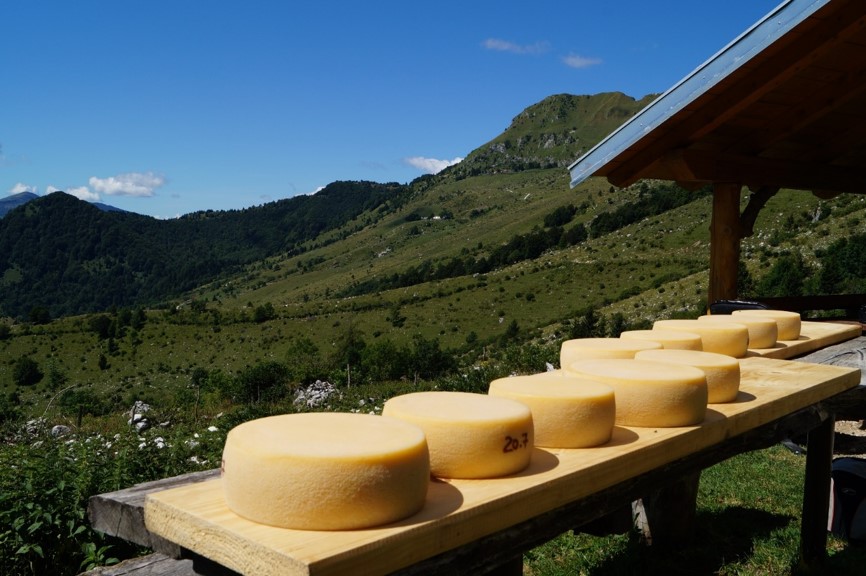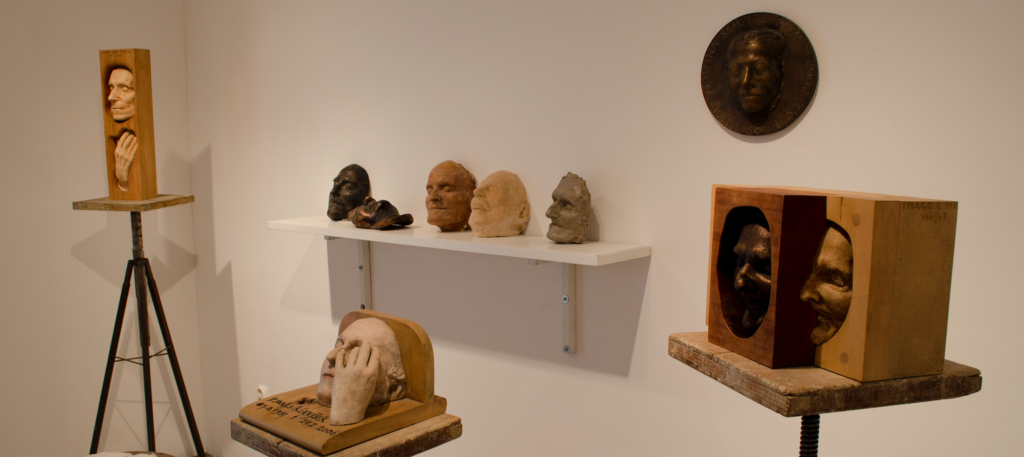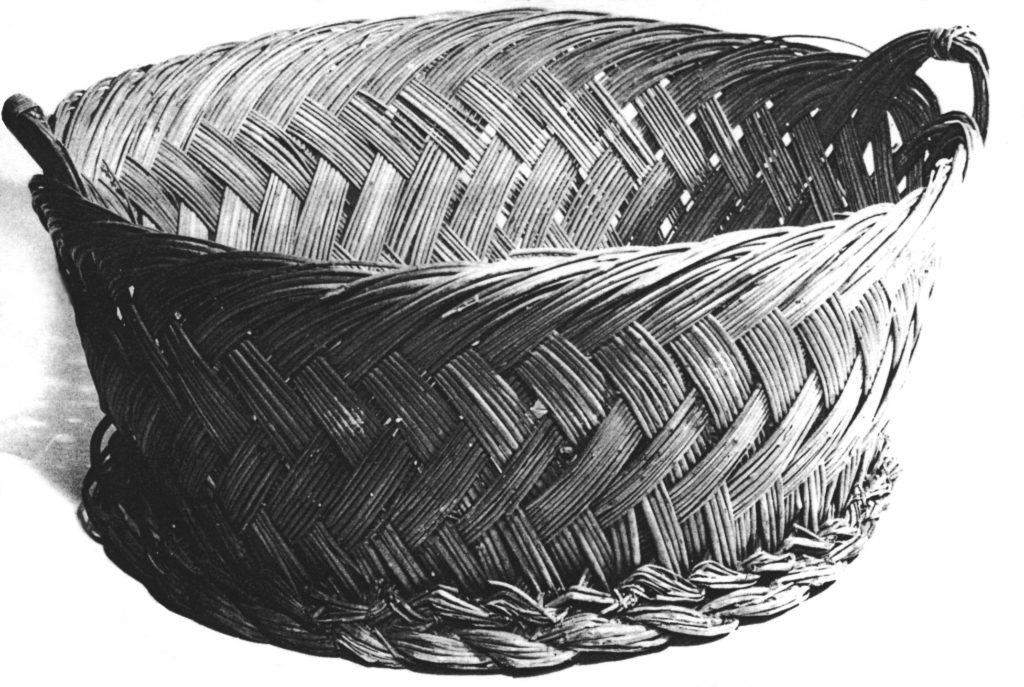The houses we live in, the objects we use on a daily basis or the recipes we cook are not in themselves heritage. They become heritage when we recognize them as heritage, which dictates a series of questions with answers not being taken for granted. Why does a particular building become heritage, who decides, what criteria and considerations are these based on, and what does it mean to live with heritage are the questions that pave the way for the research tasks in this thematic cluster. Perhaps the residents and professionals who want to protect the house have completely different aesthetic criteria, preferences and fears. However, this never-ending dialogue can have unpredictable outcomes in the fast-paced everyday of the twenty-first century. Although seizing the past is universally human, individuals and communities seem to be strongly drawn towards reviving, preserving and expressing cultural features, which were being lost and are now becoming recognised as heritage. Such heritage can be used for economic reasons, for self-representation or to (re)gain visibility within society, as a sense of belonging, but also for exclusion. How those involved, excluded, forgotten or invisible live with heritage, how it is transformed or reshaped are the questions that form the central research axis of this thematic cluster.
